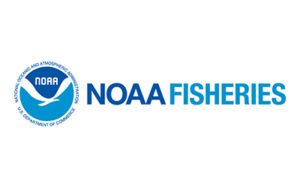 New research compiled by NOAA Fisheries supports equipping beginning fishermen facing start-up challenges with tools that have been successful in helping young farmers.
New research compiled by NOAA Fisheries supports equipping beginning fishermen facing start-up challenges with tools that have been successful in helping young farmers.
The study, led by Marysia Szymkowiak of the Alaska Fisheries Science Center, notes the similarities between the farming and fishing professions, both of which ensure food security, provide jobs and support the well-being of rural communities.
“The parallels are really stark,” said Szymkowiak. “Given that, we can really learn a lot from how these issues are being addressed in farming.”
For both new fishermen and farmers there are formidable challenges to entry and success, as they are each highly risky businesses, subject to weather, variable harvests, uncertain markets, climate change and high start-up costs, plus make use of constantly evolving technology.
But while the challenges are strikingly similar between farming and fishing, the level of national support is very different, some say. In contrast to the decades-long national recognition of beginning farmer issues, the aging of the fishing industry was not acknowledged and documented until the 2010s in Alaska, where the U.S. fishing fleet is relatively new.
“Our findings show how relatively little there is to help young fishermen compared to farmers,” Szymkowiak said. “On farming there is a holistic centralized, national-level approach. In fishing it’s been from the ground up. They’ve been coming up with their own ways to address the problem with minimal funding through small programs across the country.”
Although there is training for young fishermen available through a number of regional programs throughout Alaska, the research team has made four specific recommendations based on its findings:
Development of a national census for fisheries participants;
Developing a program that directly targets new entry issues comparable to the Beginning Farmer and Rancher Development Program;
Implementation of federal fisheries insurance programs inclusive of diverse target fisheries;
Development of a comprehensive low-interest loan programs modeled after Farm Service Agency loan programs.
By addressing the issues facing new fishermen now, the researchers said they hope to help build a new generation of anglers who are ready and capable to fish national waters in the future.
“We need to think about the generational gap in fisheries as we have in farming,” Szymkowiak said.
Given that young fishermen face similar issues to young farmers, they need to be similarly equipped, she added.
